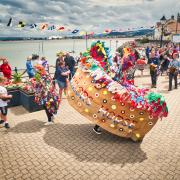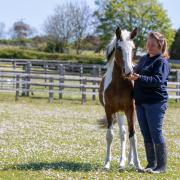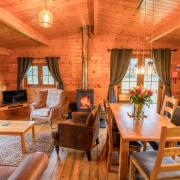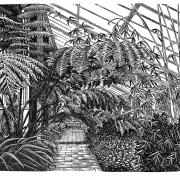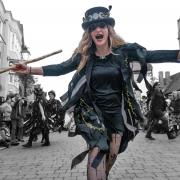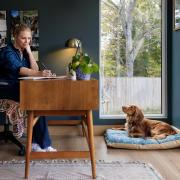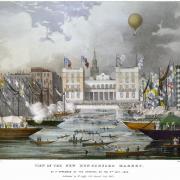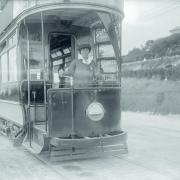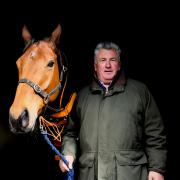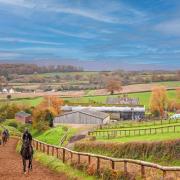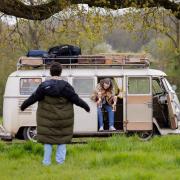It never ceases to amaze me, the famous personages with links to Bath. If Bach was the star who provided the music then it was the Herschels who supplied the stargazing. The funny thing about William Herschel is that he came to Bath as a musician and ended up discovering a planet.
Sir (Frederick) William Herschel (1738-1822) was a German-born British astronomer, and brother of Caroline Herschel (1750-1848), who was aptly born in Hanover during the Hanoverian period. From first visiting England in 1755 as a young oboist in the Hanoverian Guards band, he became, in 1766, an organist and teacher in Bath. Sister Caroline was also Hanover-born where she stayed in some misery until 1772 when she joined William in Bath, ostensibly to run his household for him, but also with an eye on a better life. Although unused to being in the public gaze and only speaking very basic English to start with, Caroline soon began performing soprano in concerts staged by her brother.

William took up astronomy (as you do), with Caroline acting as his assistant, but also making her own independent observations and thereby discovering eight comets, several nebulae and many star clusters. In 1773-74 William made a reflecting telescope which he used in March 1781 to discover the planet Uranus, but which he actually called ‘Georgium Sidus’ (the Georgian Planet) in honour of King George III. This historic event occurred at the Herschel family home, 19 New King Street, in Bath, which is aptly home to today’s Herschel Museum of Astronomy. In a moment the self-taught Herschel had doubled the size of the known solar system and with nothing more than his home-made telescope. The Herschels had moved into New King Street four years earlier, Caroline commenting, possibly ruefully, that ‘almost every room in the house turned into a workshop’, William busily ‘grinding glasses and turning eye pieces’ to create his epoch-making telescopes.
The following year, 1782, Herschel was appointed private astronomer, or King’s Astronomer, to George III, and he continued his researches, ably abetted by Caroline, but now in Slough, handily near the royal castle of Windsor. In 1789 William Herschel erected another telescope, this time one that was 40 foot long, the biggest of a number of larger such contraptions that he built. Size isn’t everything though and despite its bulk it was not the most accurate of his devices; it was nevertheless sufficiently grandiose to impress the King. It was lauded as a marvel of its time and incorporated a speaking tube such that William, aloft on his observer’s platform, could communicate with Caroline down below. In 1798 meanwhile Caroline was to publish her star catalogue. Although William acknowledged her as his ‘assistant’, Caroline was recognised as an astronomer in her own right and earned money for her work, which included the discovery of those eight comets. She was only 4 foot 3 yet saw further than most who were taller!

William Herschel was knighted in 1816 and died in 1822, the year that Caroline returned to Germany. She’d win the Royal Astronomical Society’s prestigious Gold Medal in 1828. Between them they had greatly increased our knowledge of the solar system, Milky Way (the galaxy that includes our solar system) and nebulae. Besides Uranus, William also discovered two of its moons, and two of Saturn’s moons, noted the rotation of Saturn’s rings, the period of Saturn’s rotation, the motions of binary stars, the presence of infrared radiation through his observations of the Sun etc. He also made a famed catalogue of double stars and was the father of another astronomer, Sir John Frederick William Herschel (1792-1871) who’d been born during the Slough sojourn.

FROM THE PAST TO THE PRESENT
19 New King Street is part of a terrace which was built around 1764, very early in the long reign of George III. The Herschels moved here in 1777 at a time when the builders were still in and the unmetalled road on their doorstep a scene of noise and mess as work continued. The five-floor townhouse was designed with the so-called ‘middling’ sort in mind, artisans, and it seems discoverers of Uranus. The Grade II* Listed building has been fully restored in the authentic style of the Georgian period and is open to the public Tuesday to Sunday 10am to 5pm. An annual pass costs £12 per adult with accompanied under 18's going in for free. herschelmuseum.org.uk





